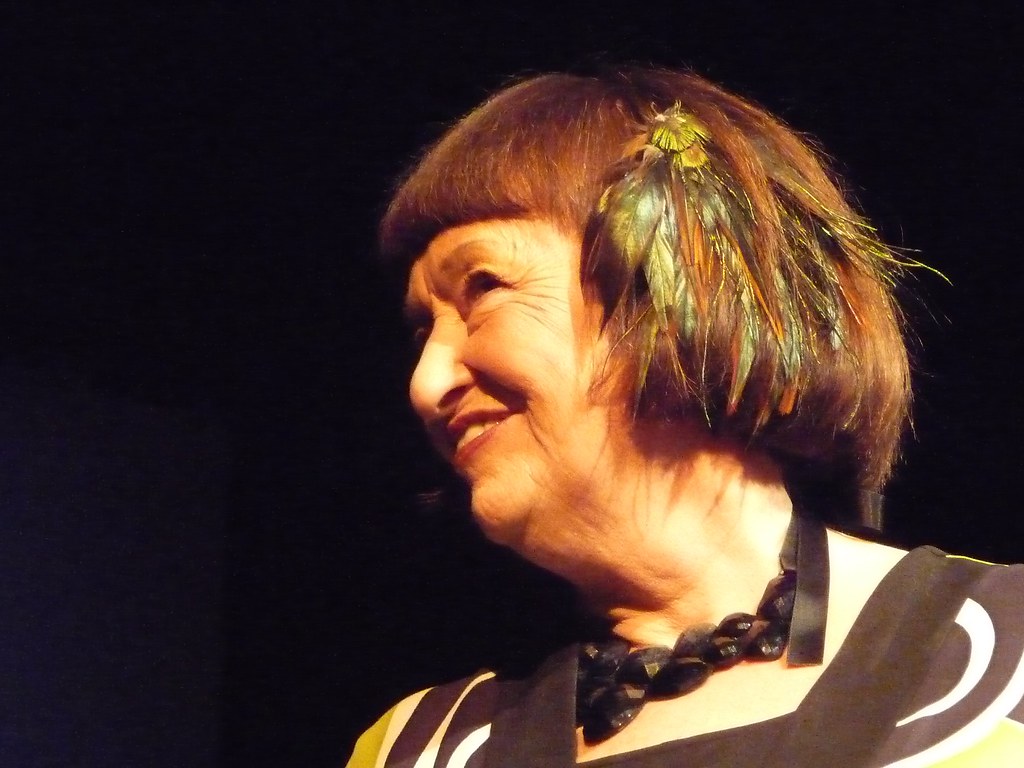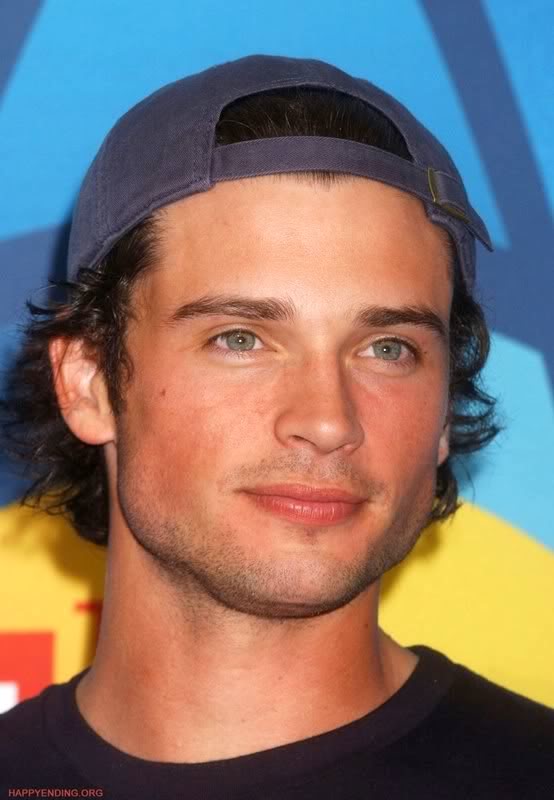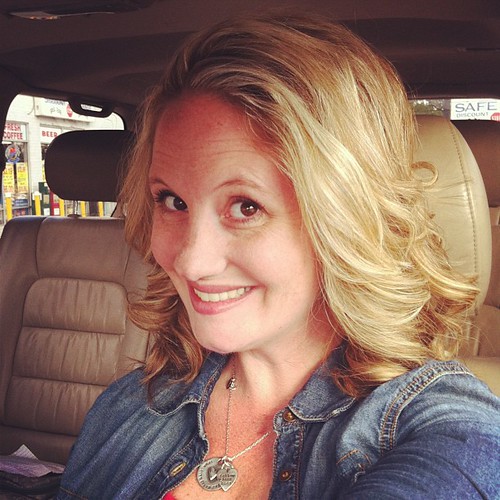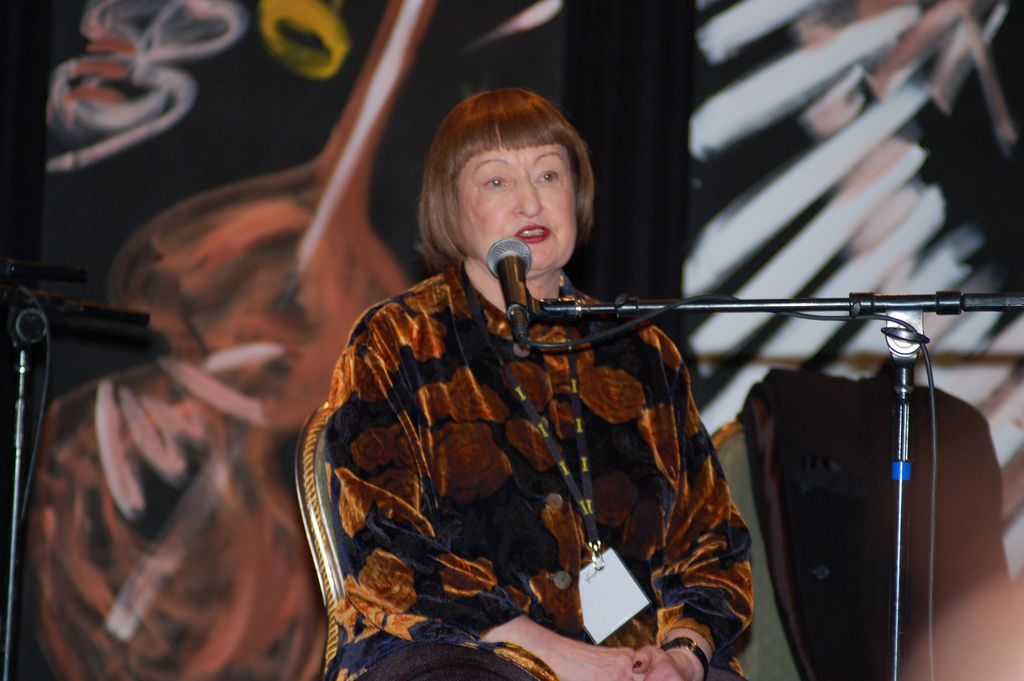
Sheila Jordan, a singular and indelible voice in the world of jazz, passed away on Monday, August 11, 2025, at her New York City apartment at the age of 96. Her death was confirmed by her daughter, Tracey Jordan, a music executive, who shared the poignant detail that her mother departed while listening to the bebop classic “Bill for Bennie.” Harvie S, her longtime bassist, also conveyed the news to NPR, marking the conclusion of an extraordinary life dedicated to the profound art of music.
Jordan was universally recognized as one of jazz’s great, albeit often underappreciated, vocalists. She was a fearless improviser whose artistry continuously tugged at the conventional boundaries of the genre, whether she was scat-singing with boundless imagination or freshly interpreting standards by Kurt Weill, Rodgers and Hart, or Jimmy Webb. Her passing leaves a profound void in the jazz community, yet her legacy as a pioneering musician and educator will undoubtedly resonate for generations to come.
Born Sheila Jeanette Dawson on November 18, 1928, in Detroit, her earliest years were steeped in considerable hardship and what she candidly described in a 2022 interview as “hell.” Her parents, Donald and Margaret Dawson, both factory workers, were merely 21 when she was born, and her father largely vanished from her life shortly thereafter. Her mother, grappling with alcoholism and a succession of unhappy relationships, sent infant Sheila to live with her maternal grandparents, Walter and Irene Hull, in Summerhill, Pennsylvania, a small coal town nestled amidst the Allegheny Mountains.
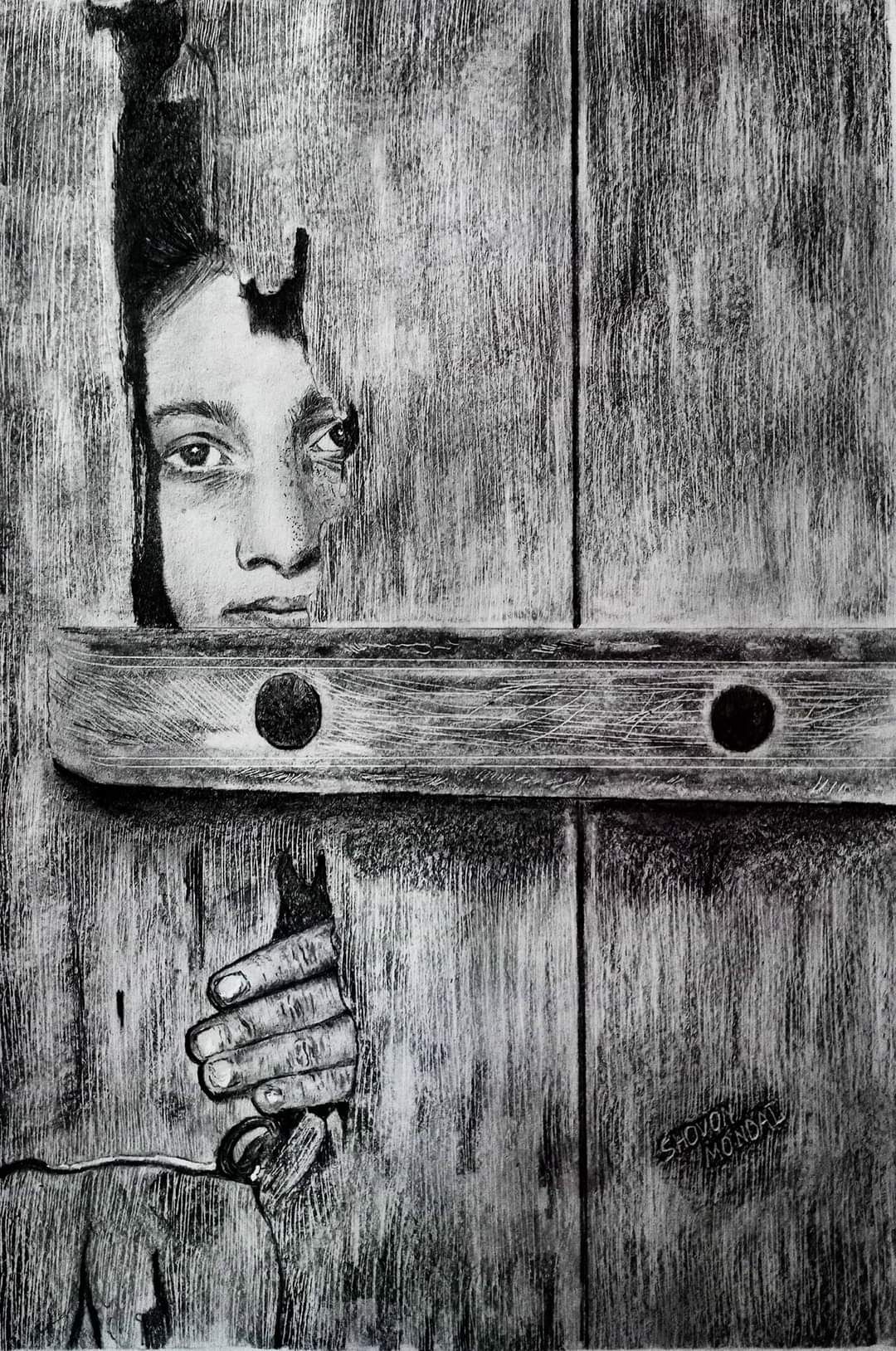
There, amidst profound poverty, where the family lived with an outhouse and no indoor water, Sheila found solace and an essential outlet in singing. She remarked that it was “the only thing she could do about it” when she was unhappy as a child, highlighting music’s earliest role as her sanctuary. She recalled growing up ridiculed by local children for her family’s destitution, even being called a “half-breed” due to her Native American ancestry on both her grandfather’s and father’s sides.
At the age of 14, in 1942, she was reclaimed by her mother, but the improvement in relative safety was nominal, as she later recounted being molested by her mother’s boyfriends while her mother was incapacitated. Yet, her return to Detroit, a city vibrant with jazz in the 1940s, brought a life-altering introduction to the music that would become her destiny. It was during her sophomore year of high school that a fateful encounter with a jukebox transformed her world forever.
She deposited a nickel, and the exhilarating sounds of Charlie Parker’s Reboppers playing “Now is the Time” filled the air. “After the first four notes I was hooked,” she recounted, adding, “I got goose bumps, and I instantly knew that was the music I had been waiting to hear and would dedicate my life to singing.” This profound moment ignited a passion so fierce it would define her entire existence.
In Detroit, Sheila enthusiastically plunged into the burgeoning jazz scene, performing under the name Jeannie Dawson. She possessed a rare and remarkable ability to learn and sing Charlie Parker’s wildly intricate improvisational melodies directly from his records, even going so far as to set her own lyrics to some of his pieces. Parker himself, who frequently played in Detroit, recognized her exceptional talent, famously calling her “the lady with the million dollar ears.” This early affirmation from the bebop pioneer fueled her burgeoning dedication.

Seeking further immersion in the music she adored, Jordan made the pivotal decision to move to New York City in 1951, eager to “go chase Bird,” as she put it. She embarked on serious musical study, learning theory with esteemed progressive thinkers like Lennie Tristano and Charles Mingus. These foundational years in New York allowed her to deepen her understanding and mastery of jazz, setting the indelible stage for her unique vocal explorations and innovations.
In 1952, or possibly 1953, Jordan married Duke Jordan, a gifted pianist who had been a close collaborator in Parker’s original quartet. Their union, however, proved tumultuous; Duke Jordan’s severe heroin addiction tragically led him to largely abandon Sheila and their small daughter, Traci (Tracey), even being absent for Traci’s birth in 1955. The couple eventually divorced in 1962, leaving Sheila to navigate the formidable and often overwhelming challenges of single motherhood.
To support herself and her child, Jordan took on essential secretarial roles at New York advertising agencies, first at Dancer Fitzgerald Sample and later at Doyle Dane Bernbach, where she remarkably remained for an impressive 25 years. This “day gig,” as she affectionately called it, became her crucial anchor for financial stability. Despite the immense pressures, she fiercely clung to her music, remarking, “You find a way because the music is very important.”
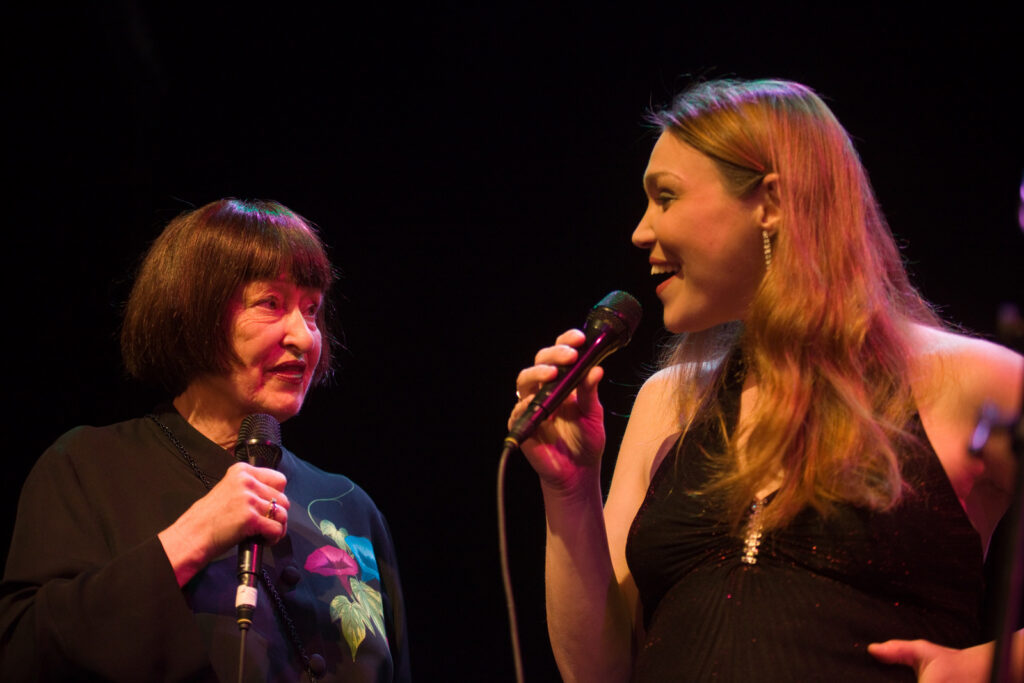
She elaborated on her profound resilience, stating, “That’s how I survived, knowing that once or twice a week I’d get a sitter for Traci, and I’d go and sing in this club, and then I’d get up the next morning and go do my day gig.” Her dedication to both her daughter and her art stands as a powerful testament to her unwavering spirit.
Her personal struggles extended beyond financial strain and marital distress. Jordan courageously battled her own demons, contending with alcoholism and later cocaine addiction for years. These profound personal challenges undeniably contributed to the fits and starts of her early career, but her unwavering commitment to music ultimately proved her salvation. She eventually entered a recovery program in the late 1980s, bravely overcoming both addictions and emerging stronger, a beacon of recovery.
Despite these immense personal hurdles, Jordan’s extraordinary talent simply could not be contained. In 1962, she recorded a rendition of the traditional coal-miner ballad “You Are My Sunshine” with experimental jazz theorist George Russell for his album “The Outer View.” Her stark, nearly a cappella interpretation created a sensation within the jazz community, a buzz that earned her a pivotal recording date with the legendary Blue Note Records.
The following year, in 1963, at the age of 34, she released her debut album under her own name, a masterpiece titled “Portrait of Sheila.” This album was a landmark, not just for Jordan herself but for Blue Note, a label widely regarded as the “Rolls-Royce of jazz record labels.” By a longstanding policy, Blue Note had never before recorded a singer, making “Portrait of Sheila” a historic first that heralded an undeniably important new voice in jazz.
Read more about: Beyond the Headlines: Brandon Blackstock’s Obituary Uncovers His Lasting Love and Legacy with Kelly Clarkson’s Former Assistant
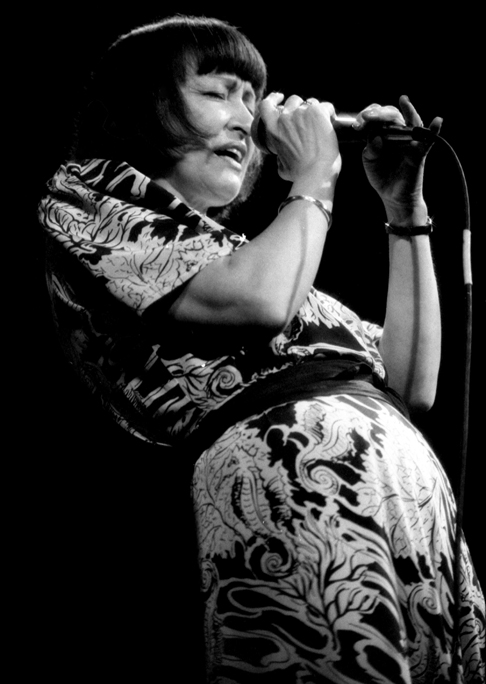
Reviewers were rapturous, with Billboard magazine awarding the album its highly coveted four-star rating and noting its “sufficient commercial potential” to “merit being stocked by most dealers.” Yet, surprisingly, Jordan would not make another record of her own for over a dozen years. This extended hiatus was multifactorial, rooted in her acknowledged lack of self-confidence and, more significantly, her unwavering decision to prioritize raising her only child as a single mother, which severely restricted her club work. She channeled her musicality into singing in church during this period, while her demanding secretarial job provided the necessary stability.
When she did return to the studio in 1975 to record “Confirmation” for the Japanese label East Wind, her career began a steady and impressive ascent. From that point onward, she never stopped recording, releasing a remarkable “steady stream of albums” and her discography “grew exponentially as she aged.” She recorded at least 19 albums after the turn of the century, demonstrating an extraordinary late-career prolificacy.
Her dedication continued right up to her final days, culminating in the release of “Portrait Now” this year, on the very day of her final live performance: Valentine’s Day. This late-career surge was a testament to her enduring passion and the profound artistic maturity she achieved.
Jordan distinguished herself with a voice that many described as unlike any other, characterized by its “cool and supple” quality. She was a fearless, integrity-minded interpreter who embraced risks with her repertoire, most notably pioneering bass-and-voice duets, a rare combination she virtually invented in jazz and pursued to critical acclaim throughout her career. She often performed with celebrated bassists like Harvie S and Cameron Brown, showcasing her unique affinity for this intimate format.
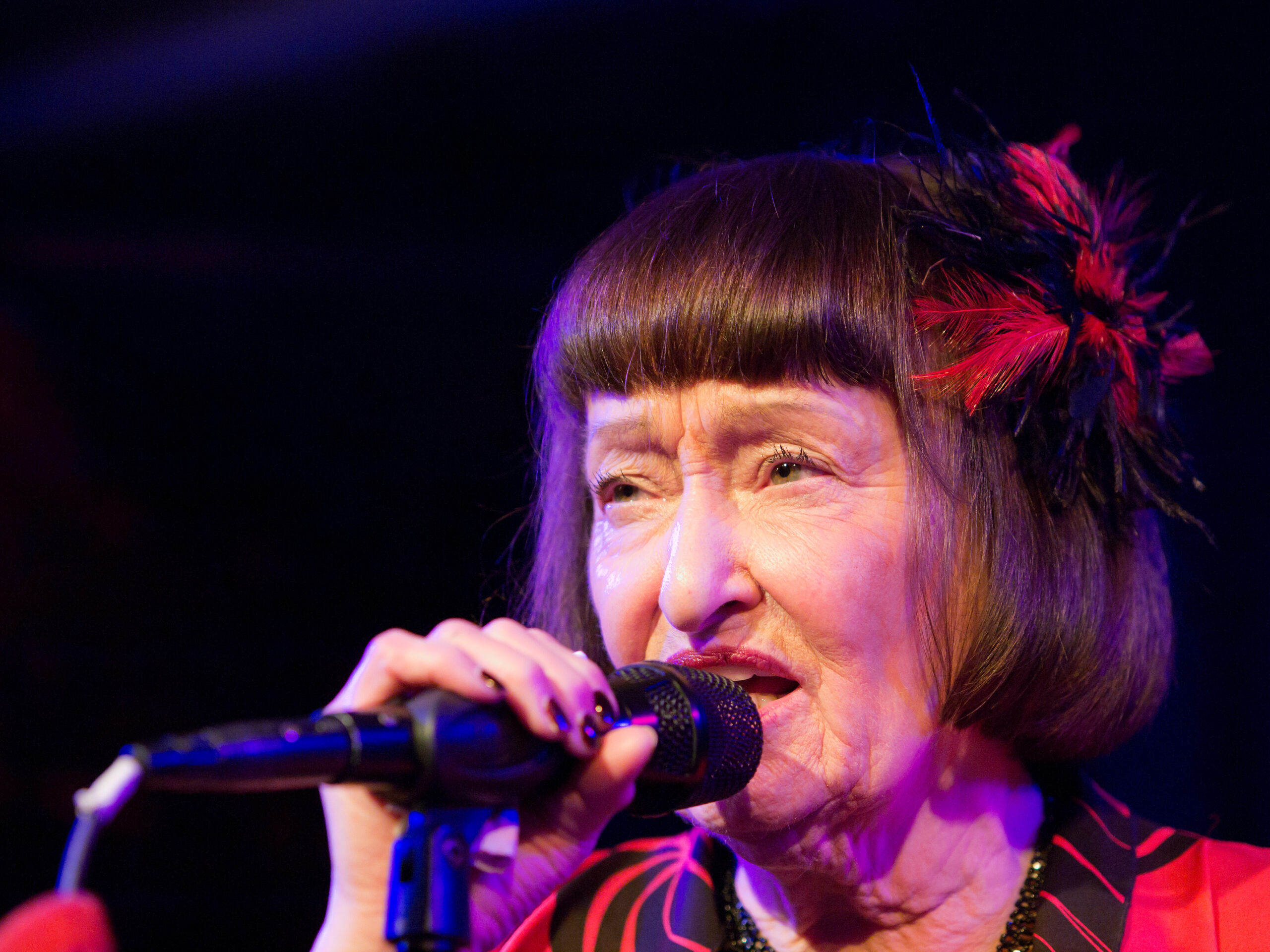
Her performances were never mere exhibitions of technical virtuosity; rather, they were deeply emotional and spontaneous. She loved to “toy with tempos, spinning out long vocal lines seemingly without effort and deploying a vibrant vibrato eloquently,” creating a truly captivating and fluid sound. Her innovative approach extended to her interpretation of songs.
“When I heard a song, I had to like the melody first,” she explained in 2022, adding, “Not so much the lyrics. If the lyrics were not good, I could change them. I had to be enticed by the melody of the song.” Her style could be described as “dark and sultry,” reflecting the profound depth of her emotional connection to the music. She steadfastly refused to veer into more commercial “pop crossover territory,” prioritizing her artistic integrity over wider mainstream fame.
The closest she came to a more mainstream collaboration was a vocal spot on the 1972 jazz-rock concept album “Escalator Over the Hill,” where she appeared alongside such diverse figures as Linda Ronstadt, Jack Bruce, guitarist John McLaughlin, and jazz trumpeter Don Cherry. Rolling Stone, at the time, lauded the album as “complex, labyrinthine, but immediately enjoyable,” noting it “leaves the listener enormously satisfied.”
Her club work, though initially sporadic due to her demanding day job and commitments as a single mother, was profoundly significant to her artistic development. At the Page Three, a secretive Greenwich Village club known to attract gay and cross-dressing crowds in an era when such gatherings were largely unaccepted by society and often by the police, Jordan found a remarkably supportive community.
Read more about: “It’s Never Over, Jeff Buckley”: A Deep Dive into the Soul, Sound, and Unyielding Legacy of a Musical Enigma
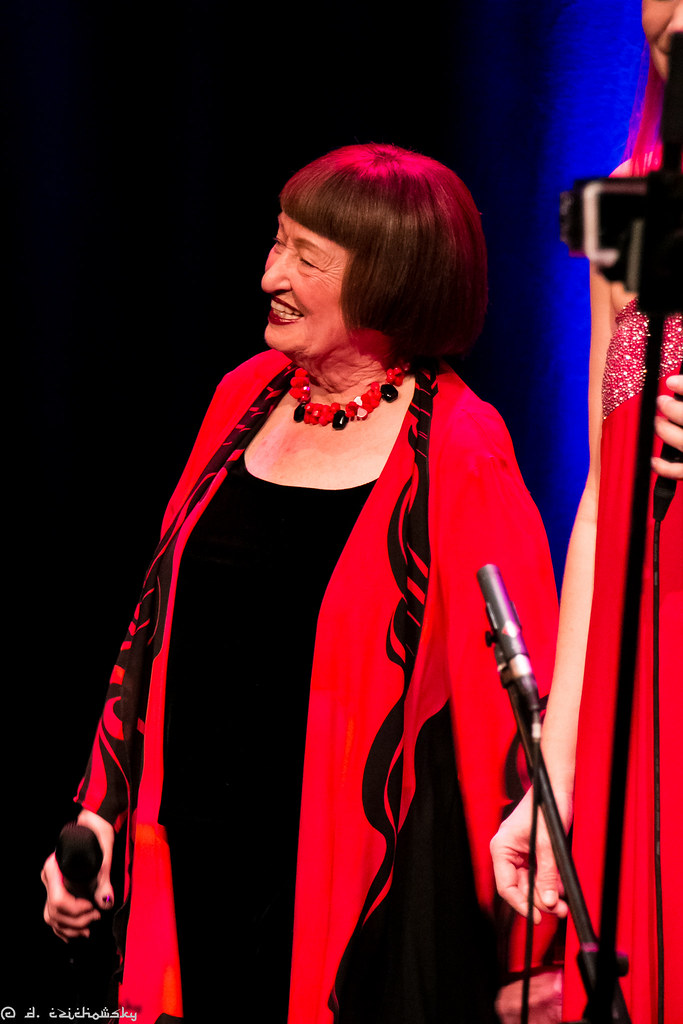
“It was a gay hangout,” she stated in 2022. “Men and women. But that didn’t bother me. I always accepted everything and everybody for what they were. The gay women loved the way I sang. They supported me.” Here, in this accepting environment, she refined her repertoire and distinctive style, and also encountered colorful figures like Tiny Tim. She also had the distinct honor of meeting and singing with the legendary Charles Mingus at another notable venue, Cafe Bohemia.
Despite never achieving the widespread name recognition of peers like Betty Carter or Sarah Vaughan, or later inheritors like Diana Krall or Norah Jones, Sheila Jordan’s profound influence was undeniable, particularly within the jazz world where she was deeply revered. Her immense contributions were formally recognized in 2012 when the National Endowment for the Arts named her a Jazz Master, the genre’s highest honor, at the age of 84. This prestigious award acknowledged her lifelong dedication and innovative spirit.
Jordan cultivated a truly groundbreaking parallel career as a distinguished educator and vocal mentor, exerting a rousing influence on new generations of young female singers. She became Artist in Residence at the City College of New York in 1974, teaching there from 1978 to 2005, and served as an adjunct professor of music for an impressive 28 years. Her dedication to education earned her the Manhattan Association of Cabarets & Clubs (MAC) Lifetime Achievement Award in 2006.
Her pedagogical reach extended to numerous other esteemed institutions, including the University of Massachusetts at Amherst, the Vermont Jazz Center, and Interplay Jazz and Arts, as well as various international workshops. Her methodology remained elemental and inspiring: “I just want to keep this music alive by inspiring others to love it as much as I do,” she often said. This unwavering commitment to passing on her passion ensured her unique legacy would continue to resonate through countless students.
Additional accolades that underscore her impact include the International Association for Jazz Education Humanitarian Award in 2007, the Mary Lou Williams’ Women in Jazz for Lifetime of Service in 2008, the New York Nightlife Award for Outstanding Jazz Vocalist in 2010, and the Bistro Award for Outstanding Contributions to the Art of Jazz in 2018. Her biography, “Jazz Child: A Portrait of Sheila Jordan,” skillfully written by vocalist and educator Ellen Johnson, was published in 2014, further cementing her indispensable place in jazz history.
Even into her 90s, Sheila Jordan defied expectations, continuing to perform and expand her global fan base right up to her death. Her vocals, even in advanced age, were described as “easily flitting,” capable of bouncing “from deep valleys to breathy peaks,” masterfully mimicking “the volatility and joy of the human spirit.” Her dedication was unwavering: “The people that respect what I do and hire me, that’s all I need,” she told NPR. “I just need to keep doing this music as long as I live.”
In the final months of her life, a GoFundMe campaign was initiated to help cover her escalating medical bills, attracting generous donors such as former “Late Night with David Letterman” bandleader Paul Shaffer, a testament to the high esteem in which she was held by her peers and admirers. Despite her physical challenges, she performed her final live show on Valentine’s Day, 2025, a poignant date which also saw the release of her latest album, “Portrait Now.”
Her extraordinary life story, a testament to endurance and unyielding artistic integrity, offered profound wisdom for aspiring musicians. Asked in 2020 for advice to young jazz singers, Jordan responded with her characteristic resolve: “Keep singing, don’t give up. Don’t let anything disappoint you or try to slay you away from what you want to do. I worked an office job, I typed … but I always found a place to sing my songs.” She also sagely advised, “I’ve always said, ‘support the music until it can support you.’”
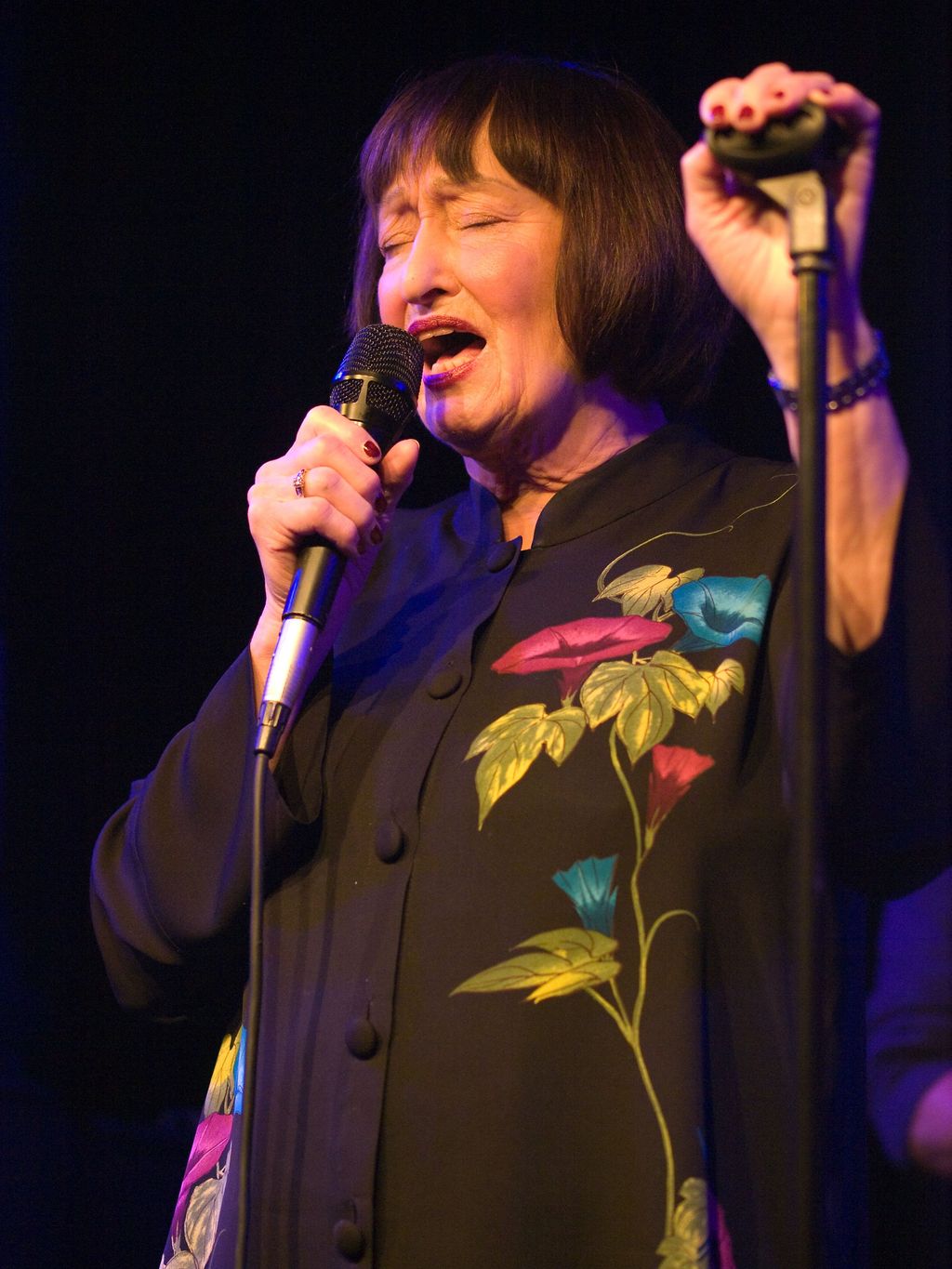
Sheila Jordan’s journey was not one of effortless ascent but of persistent, courageous navigation through a life often rife with challenges. She transformed hardship into sublime art, her voice a beacon of authenticity and raw emotion that resonated deeply with all who heard it. Her indelible legacy is etched not only in her remarkable discography and her pioneering vocal style but also in the countless lives she touched as a beloved educator, a generous mentor, and an unwavering advocate for the pure, unadulterated spirit of jazz.
She leaves behind her devoted daughter, Tracey Jordan, and an enduring melody in the very heart of jazz, a vibrant echo of a life fearlessly sung. As the notes of her extraordinary journey now fade, the profound impact of her “million dollar ears” and her boundless spirit will continue to inspire, reminding us all to find our song and sing it, no matter the challenges that life may bring.

